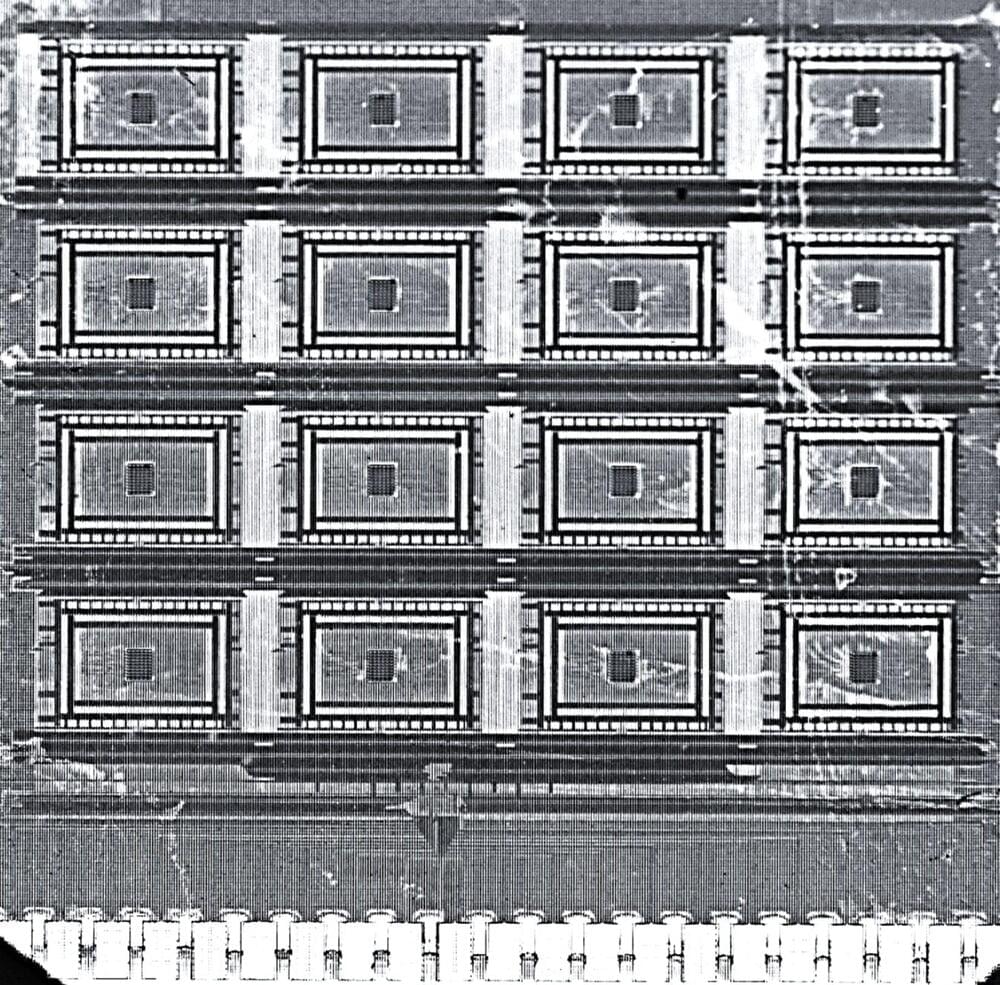In December, reports suggested that Microsoft had acquired Fungible, a startup fabricating a type of data center hardware known as a data processing unit (DPU), for around $190 million. Today, Microsoft confirmed the acquisition but not the purchase price, saying that it plans to use Fungible’s tech and team to deliver “multiple DPU solutions, network innovation and hardware systems advancements.”
“Fungible’s technologies help enable high-performance, scalable, disaggregated, scaled-out data center infrastructure with reliability and security,” Girish Bablani, the CVP of Microsoft’s Azure Core division, wrote in a blog post. “Today’s announcement further signals Microsoft’s commitment to long-term differentiated investments in our data center infrastructure, which enhances our broad range of technologies and offerings including offloading, improving latency, increasing data center server density, optimizing energy efficiency and reducing costs.”
A DPU is a dedicated piece of hardware designed to handle certain data processing tasks, including security and network routing for data traffic. The approach is intended to help reduce the load on CPUs and GPUs for core computing tasks related to a given workload.








